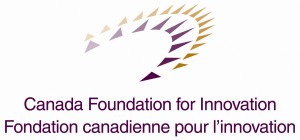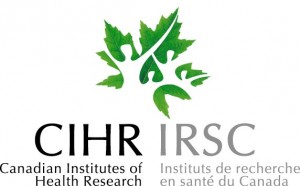Different behavioural states (such as sleep/wake) are correlated with different spatio-temporal patterns of EEG (or field) recordings of the brain. These diverse brain rhythms denote different collective activity patterns expressed by large numbers of nerve cells. We are interested in how these different states of the brain coordinate activity within and between multiple areas in order to allow us to perceive the environment, make adaptive motor responses, and form memories (in short, to think). Our focus is on rhythmic activity within the medial temporal lobe, a region of the brain which is important for memory. Structures we study include the hippocampus and the entorhinal cortex. Our research has implications for both Alzheimer’s Disease (a pathological type of senile dementia in which medial temporal lobe structures are the first to be damaged and a disorder in which EEG rhythms are impaired) and Epilepsy (a predisposition to pathological hypersychrony which can cause impairments of both cognition and motor behaviours).


